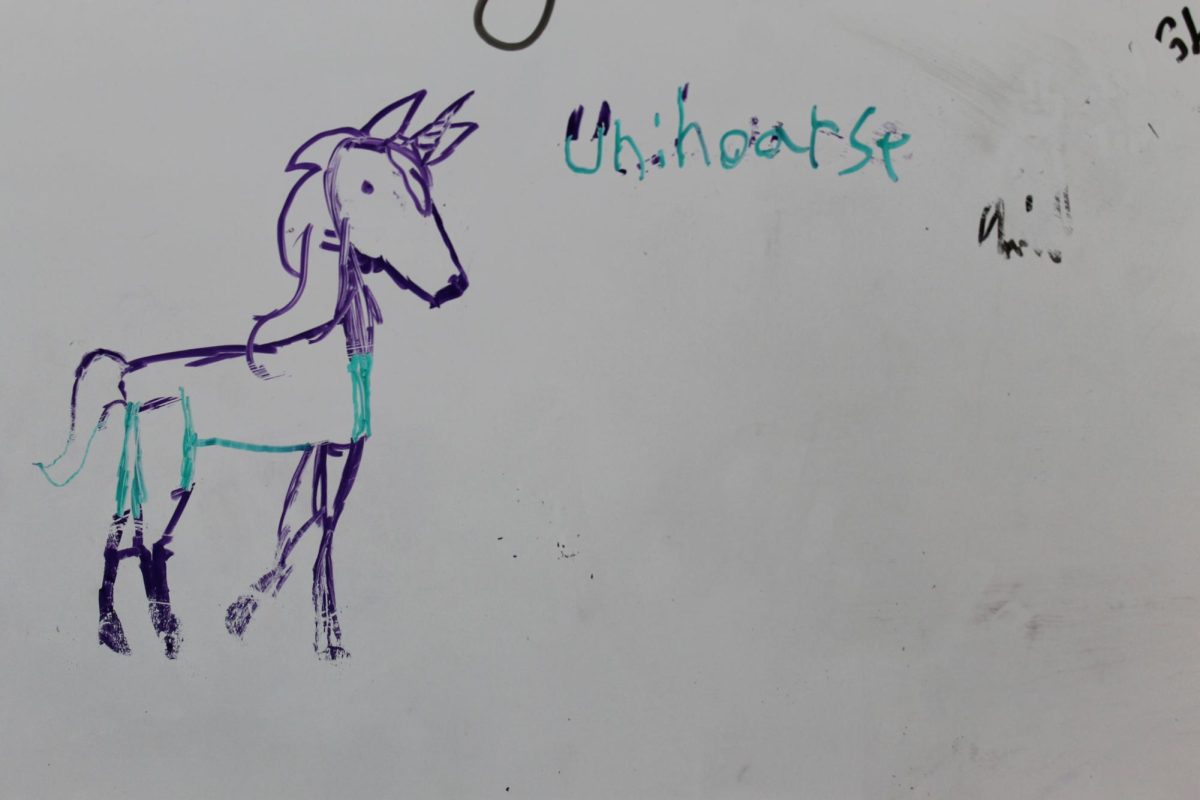With Saint Patrick’s Day coming up, people may be thinking about the most important thing on that day. The Leprechauns, of course. However, questions may also arise. For example where, when, and why were Leprechauns created in the first place? Besides that why were other mythical creatures like Unicorns, Dragons, and Mermaids made?
Leprechauns
Leprechauns originated in Ireland in the 8th century. Stories about tiny water-dwelling creatures spread throughout Ireland and were originally told by the Celts. According to Chelsea Foltz of The Real World journalism company, “Their name is thought to come from the word “luchorpán,” meaning small body.” This makes sense as they are supposedly very small about two to three feet tall. They are said to live in hollow tree trunks or caves to hide from humans. There also considered to be a mischievous type of fairie.
The origin of the pot of gold at the end of the rainbow can be traced back to the 1600s when there was a phrase “You’re as likely to find a pot of gold as to find the end of the rainbow.” At some point in history leprechauns somehow got involved and now the story is that these mischievous fairies hide their pot of gold at the end of the rainbow for anyone lucky enough to find it.
Unicorns
It isn’t exactly clear where the tale of the Unicorn first originated. It showed up in early Mesopotamian artwork and was often present in ancient Indian and Chinese myths. The earliest description of Unicorns was by historian Ctesias in 400 BCE. He tells of a wild Indian donkey around the size of a horse, which had a white body with a purple head, and blue eyes. According to Britannica the historian Ctesias described the unicorn as having a “cubit-long horn colored red at the pointed tip, black in the middle, and white at the base.” Legend said that if you drank from the tip of this creature’s horn you would be protected from stomach trouble, epilepsy, and poison.
Overall Unicorns are almost always described as good creatures. In many tales, they help the hero or main character in some way. In modern times much of the original description and lore of the unicorn is lost. Instead of the multiple colors of both the body and the horn now unicorns are usually described and shown in movies as being pure white or sometimes with a silvery color. The horn matches this. No longer is it described as a horned donkey and is now always a horned horse instead. The blue eyes may be occasionally kept but aren’t a typical Unicorn trademark. The horn being magical is entirely dependent on the work it’s in but usually, the horn or the Unicorn itself is magical in some way.
Dragons
Dragon as a word first appeared in the English language in the 1200s. According to Mark Milligan on Heritage Daily “The word ‘dragon’, first entered the English language in the 13th century, derived from the Latin ‘dracōnis’ and the Greek ‘drakōns’.” However, the idea of the Dragon had been around for much longer.
For a long time, Dragons were more snake-like than the lizard way we view them now. In Ancient Egyptian mythology from 2181 to 2160 BC a story of a giant serpentine creature residing in the underworld was one of the first iterations of the dragon. Dragons were also an important part of Greek mythology and the stories of them are overall closer to modern-day dragons. Here they usually had poisonous spit but the classic fire breathing was also present.
In Asia mostly China the dragons were overall snake-like but also often had legs and a well-defined face. Unlike in many other cultures where Dragons are considered evil in Chinese culture they are considered good luck and strength for the emperor. The earliest dragon-like creature dates back to 6200-5400 BC, making them by far the oldest creature on the list. They came from the Xinglongwa culture which is now Northwestern China. The dragon however wouldn’t have an actual name until 4700 to 2900 BC.
Now thanks to many medieval and European descriptions we think of Dragons as less snake-like and as more vicious lizard-like creatures. They now rarely spit poison or as in many Chinese myths breathe ice and instead almost always breathe fire. They are often described as fiercely loyal to one person who they do anything for.
Mermaids
Many might assume Mermaids started more recently with the writing of works like The Little Mermaid by Hans Christian Anderson or the famous Christopher Columbus sighting. However, the start of the creature has existed for much longer. One of the earliest mermaid legends was from Syria about the goddess Atargatis who dove into a lake to take on the body of a fish. In ancient Greece and Rome, they had Sirens and Mermaids who were very close to the way we think of them now. A tale was made saying that Alexander the Great’s sister was turned into a mermaid after she died in 295 BC and she would ask passing sailors if King Alexander was alive. If their answer was anything other than yes and that he reigns then she would doom the ship and everyone on board would be killed.
Often Sirens and Mermaids are confused with each other as the same creature however in ancient texts they are completely different creatures. Sirens are said to be half bird, half human creatures while Mermaids are the half fish creatures we all know. Mermaids are considered to be able to go either way morally while Sirens are almost always evil.
One of the most famous stories about mermaids is when Christopher Columbus was traveling to North America and thought he saw a mermaid which turned out to be a Manatee. According to Caty Fairclough from the Ocean Blue website, “When Christopher Columbus set out to sea in 1492, he had a mermaid sighting of his own; little did he know that this encounter was actually the first written record of manatees in North America.” From ancient tales to half-bird creatures to fair half-fish maidens the history of mermaids is vast and deep just like every other fictional creature on the list.
xxc
Credits
https://www.trafalgar.com/real-word/history-of-leprechauns-trickster-fairies/#:~:text=The%20origin%20of%20leprechauns&text=Tales%20of%20these%20small%20creatures,only%202%2D3%20feet%20tall.
https://learningenglish.voanews.com/a/is-there-a-pot-of-gold-at-the-end-of-the-rainbow-/5810673.html
https://www.britannica.com/topic/unicorn
https://www.heritagedaily.com/2022/08/the-origins-of-dragons/144532
https://www.rmg.co.uk/stories/topics/what-mermaid#:~:text=Archaeologists%20have%20found%20accounts%20in,the%20form%20of%20a%20fish.
https://ocean.si.edu/ocean-life/marine-mammals/mermaids-manatees-myth-and-reality#:~:text=When%20Christopher%20Columbus%20set%20out,beautiful%2C%20fish%2Dtailed%20maiden.



